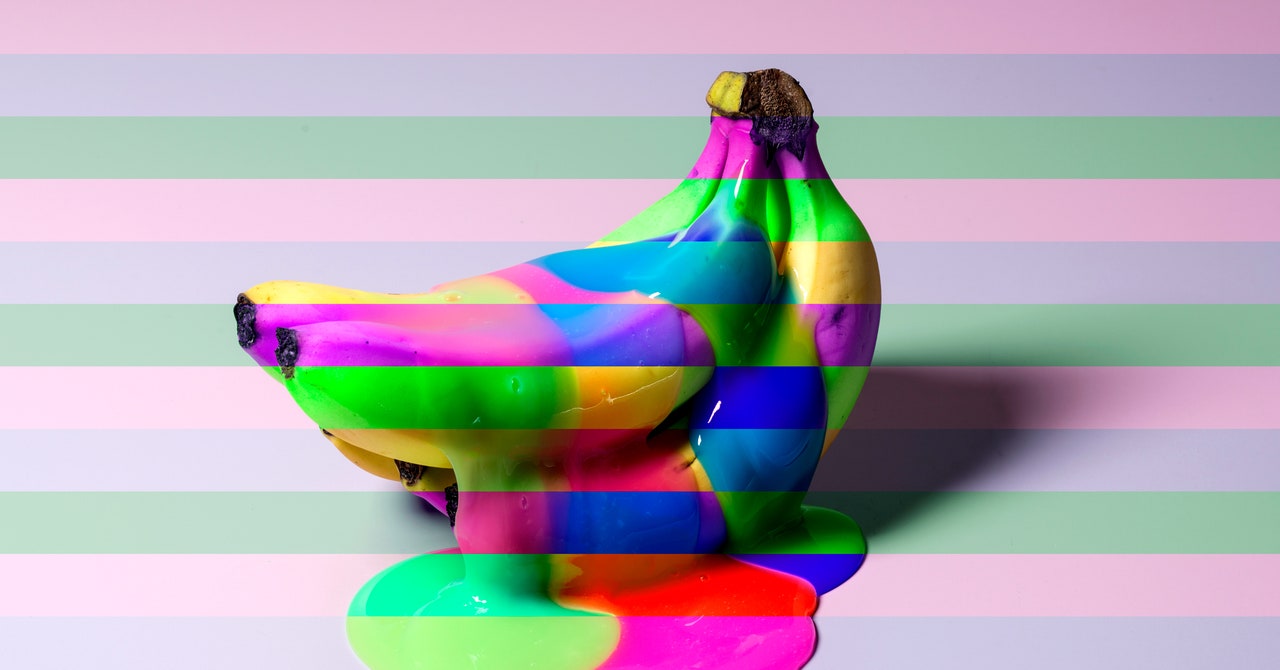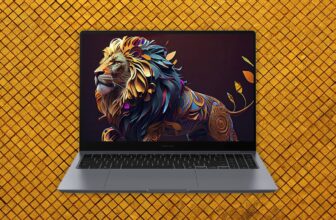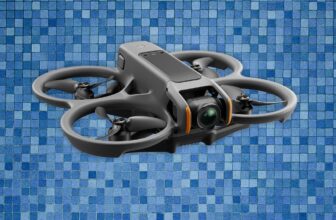
Google has careworn that the metadata area in “About this picture” just isn’t going to be a surefire strategy to see the origins, or provenance, of a picture. It’s principally designed to present extra context or alert the informal web consumer if a picture is far older than it seems—suggesting it’d now be repurposed—or if it’s been flagged as problematic on the web earlier than.
Provenance, inference, watermarking, and media literacy: These are simply a few of the phrases and phrases utilized by the analysis groups who are actually tasked with figuring out computer-generated imagery because it exponentially multiplies. However all of those instruments are in some methods fallible, and most entities—together with Google—acknowledge that recognizing pretend content material will possible should be a multi-pronged strategy.
WIRED’s Kate Knibbs recently reported on watermarking, digitally stamping on-line texts and photographs so their origins will be traced, as one of many extra promising methods; so promising that OpenAI, Alphabet, Meta, Amazon, and Google’s DeepMind are all growing watermarking expertise. Knibbs additionally reported on how simply teams of researchers have been in a position to “wash out” sure forms of watermarks from on-line photographs.
Actuality Defender, a New York startup that sells its deepfake detector tech to authorities businesses, banks, and tech and media corporations, believes that it’s almost not possible to know the “floor reality” of AI imagery. Ben Colman, the agency’s cofounder and chief govt, says that establishing provenance is sophisticated as a result of it requires buy-in, from each producer promoting an image-making machine, round a selected set of requirements. He additionally believes that watermarking could also be a part of an AI-spotting toolkit, nevertheless it’s “not the strongest instrument within the toolkit.”
Actuality Defender is concentrated as a substitute on inference—basically, utilizing extra AI to identify AI. Its system scans textual content, imagery, or video belongings and offers a 1-to-99 p.c chance of whether or not the asset is manipulated in a roundabout way.
“On the highest degree we disagree with any requirement that places the onus on the buyer to inform actual from pretend,” says Colman. “With the developments in AI and simply fraud normally, even the PhDs in our room can not inform the distinction between actual and faux on the pixel degree.”
To that time, Google’s “About this picture” will exist underneath the belief that the majority web customers apart from researchers and journalists will wish to know extra about this picture—and that the context supplied will assist tip the individual off if one thing’s amiss. Google can also be, of word, the entity that in recent times pioneered the transformer structure that includes the T in ChatGPT; the creator of a generative AI instrument known as Bard; the maker of instruments like Magic Eraser and Magic Memory that alter photographs and warp actuality. It’s Google’s generative AI world, and most of us are simply attempting to identify our means via it.







